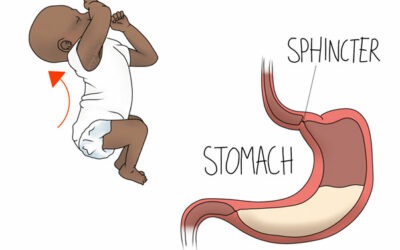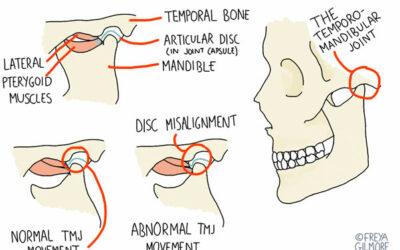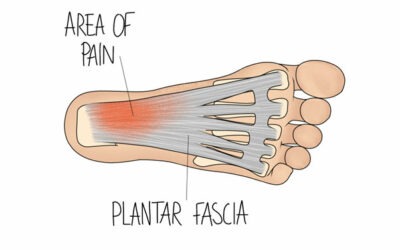 Supraspinatus
Supraspinatus
What is it and what does it do?
Supraspinatus is a member of the rotator cuff muscles which surround the shoulder joint. It initiates and assists in lifting the arm up and out.
Why have we chosen this muscle?
Well, it plays a big part in shoulder pain, a problem we often see, and it has an important role in our daily activities.
You may have either experienced or heard of certain conditions directly related to Supraspinatus…
Tendonitis (inflammation) of the Supraspinatus tendon is a common cause of shoulder pain when lifting the arm up high, or lying on your shoulder during the night. It is often caused by repetitive use of the arm.
Tears – recurrent inflammation can tear the tendon attached to Supraspinatus, which can cause shoulder pain, stiffness and restricted movement.
Looking at the whole picture…
As osteopaths, we believe that tailoring treatment towards the individual is vital. It is, of course, possible to read a textbook and allocate a treatment plan that best suits the condition; but the same method does not necessarily work for everybody. We all have the same basic structure, and physiology, but we are far from identical. Variation makes us interesting as human beings, and we have found that recognising variables in the body can play a big part in forming a successful treatment plan.
Let’s look at a basic example… Laura and Charlotte play squash 3 times a week together. They are both 30 and have the same level of fitness. Laura suffers from Tendonitis, which impacts on her life. Charlotte does not.
Why is that? Does a structural difference in Laura’s body contribute to this problem? What does she do for a living – does she have a job that requires repetitive arm movement? Are there other factors in her life that also need to be addressed?
Let’s say that Laura has a kyphotic spine (excessive curvature). This has caused her shoulder blade to roll forward and downward, which in turn has narrowed the exit route of the tendon, giving rise to impingement and inflammation. We may surmise that this is a contributing factor to her tendonitis.
As a result of this discovery, we would treat her spine alongside the tendon, thus relieving her symptoms swiftly, and minimising the chances of recurrence.
Laura then finds that subsequent to treatment on her spine, the tendon has improved, and it has also had a positive impact on her breathing as she is now able to take deeper breaths more easily, as opposed to her previous shallow breaths.
Everything we do, and who we are, interlinks; each aspect of ourselves has an effect on another aspect. This is the reason why we believe so strongly in looking at the person as a whole.



0 Comments